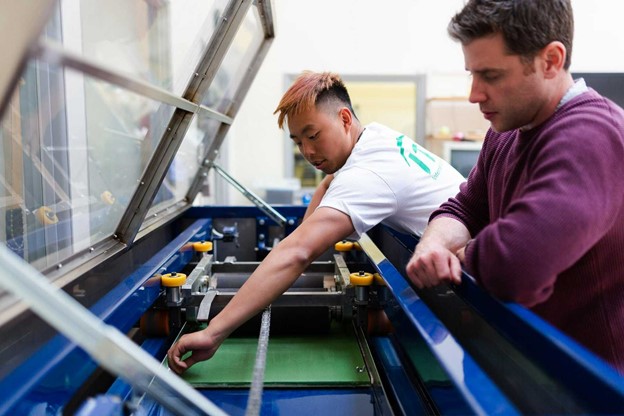How to Develop a Diversity, Equity and Inclusion Initiative

More than ever, workers, investors and consumers are demanding diversity in the workplace. According to a Glassdoor survey, 76% of jobseekers say diversity is important when evaluating a new employer. Making a business inclusive and equitable is essential to growth.
For the manufacturing industry, developing a diversity initiative is a formidable task. By following a few processes with the right tools, though, every business can usher in a new era of equity for all.
Collect Data
The first step in setting up a diversity, equity and inclusion initiative, or DEI initiative, is data collection. For a business to improve, executives and managers need to be aware of how they stand against workforce averages. While HR data can be used to start, it’s often incomplete. More data can be gathered through anonymous surveys asking about:
- Age
- Ethnicity
- Disability
- Gender and gender identity
- Sexual orientation
- Religion
- Military service
- Language
These factors can play a huge role in organizational development and success. When employers recognize and embrace the differences between the people that make up their business, they can provide tools and programs that ensure success for individuals and the organization as a whole.
Identify Roadblocks to Diversity, Equity and Inclusion
After collecting data, manufacturing companies can identify underrepresented groups in their structures. For instance, they may find that management isn’t as diverse as the production team. Language barriers and cultural differences could be creating unnecessary friction. Diversifying management could lead to better cooperation and more profits.
Each business will have its own roadblocks. Identifying these hurdles allows businesses to find more talent within their ranks that may have been overlooked before.
Develop Strategies
After using data to identify problem areas, executives and outside consultants can develop strategies to make their work culture more diverse and inclusive. Like roadblocks, every business has strategies that will work best for them such as:
- More frequent and widely-available training for people that speak different languages
- Training specifically about DEI initiatives
- More open avenues for grievances and solutions
- Policies that address altercations between employees
- Establishing groups that promote diversity through events and awareness campaigns
- Hiring outside firms to establish and enforce diversity, equity and inclusion policies
Executives should be open about making such changes and look for as much input as possible.
Communicate, Review and Adjust
When strategies and solutions are put into place, there should be ample communication at every step. If employees know surveys and initiatives are about better opportunities for everyone, they may be more likely to participate. However, if strategies are falling short or aren’t working at all, teams should be ready to review and adjust.
This may sound like a complicated process with somewhat intangible results, but workforce news outlet People Management found that in a study of 600 businesses, diverse teams made better decisions 87% of the time. Better, quicker decisions mean more profits and possibilities for everyone from the production floor to the boardroom.
To date, Catalyst Connections has increased sales by $7.5 million for clients. We do this through:
- HR strategy development
- Talent attraction and retention
- The Making Your Future business and community building initiative
- The Women in Leadership program
Achieve operational excellence through a diverse workforce and equitable initiatives. To learn more about how our programs can benefit your business, contact us today.
For more information on how to create and implement your own Diversity, Equity, and Inclusion strategy, check out Catalyst Connection + Sustainable Pittsburgh’s Diversity, Equity, and Inclusion Toolkit.